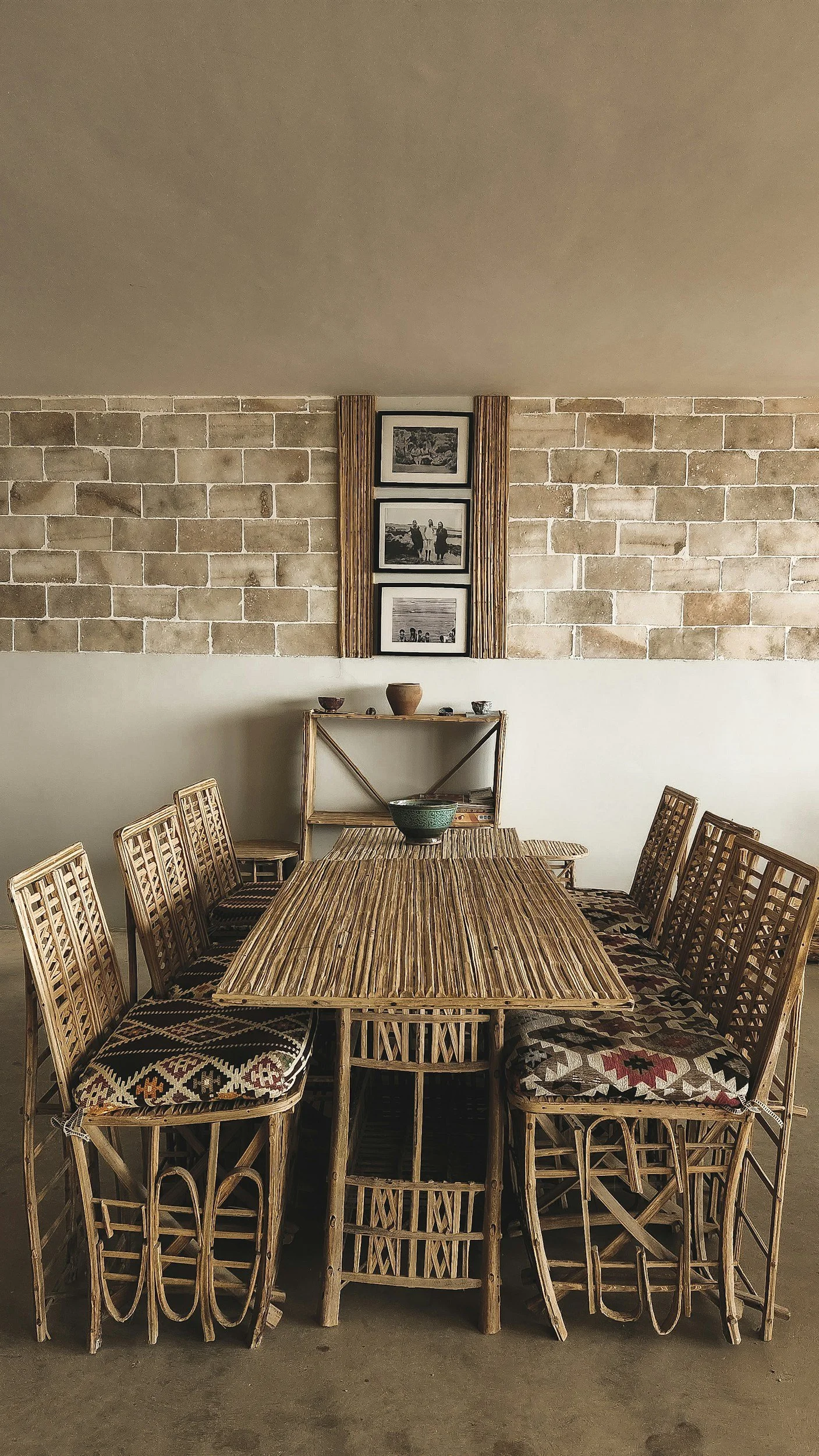The Journey Through Time: A Story of Interior Design
Imagine stepping into a time machine that doesn’t just move through years, but through rooms, halls, and homes. Each door you open reveals a new chapter in the storyof interior design.
You begin in ancient Egypt. The desert sun pours through narrow windows, reflecting off golden chairs and carved wooden chests. Murals line the walls with painted images of gods, pharaohs, and daily life. Bright colors deep blues, rich reds, and shining gold fill the space with both beauty and symbolism. Every item here has a purpose beyond function; it’s meant to prepare the living for the eternal journey into the afterlife.
Stepping forward, you arrive in ancient Greece. The air feels open and balanced, just like the architecture. You walk across a floor of tiny mosaic tiles that tell myths in vivid detail. Courtyards bring in sunlight and fresh air, surrounded by columns that stand in perfect proportion. The Greeks believed beauty was found in harmony, and their interiors were a reflection of that philosophy.
Then, the time machine takes you to Rome, where grandeur rules. You enter a villa with soaring ceilings, marble floors cool beneath your feet, and walls covered in colorful frescoes. Intricate mosaics sparkle in baths where water flows endlessly. Every corner speaks of wealth and power, but also of comfort Romans saw the home as a place to gather, dine, and entertain.
The next stop is the Middle Ages. The shift is dramatic. You step into a cold stone hall lit only by flickering firelight. Heavy wooden furniture sits against thick walls, and large tapestries hang to block the chill while also telling stories of knights, saints, and kings. Interiors here are practical, designed for survival, but they still carry a sense of symbolism and devotion to faith.
With the Renaissance, everything changes. The darkness lifts. Rooms are filled with color, art, and creativity. Painted ceilings rise above you, and finely crafted furniture lines the space. Rich fabrics in velvet and silk drape from windows and chairs, filling the room with elegance. This era celebrates the rebirth of culture, knowledge, and beauty. Here, design is not just about necessity—it is about expressing human achievement.
As centuries pass, you enter the 18th and 19th centuries, where styles transform rapidly. In Rococo rooms, everything feels light, romantic, and playful. Curved furniture, pastel colors, and delicate patterns surround you like a dream. Then you step into Neoclassicism, where order and symmetry return, inspired by the clean lines of Greece and Rome. Finally, the Victorian era sweeps you in with dark woods, patterned wallpapers, and rooms overflowing with decoration. Every object has a story, and interiors reflect the industrial age’s prosperity and ambition.
The 20th century marks another revolution. The world is modernizing, and so is design. You enter a sleek Bauhaus space, where steel, glass, and simple forms create a sense of clarity. Function takes priority over ornament. Then Art Deco dazzles you with bold patterns, geometric shapes, and luxurious materials. Moving further, you find yourself in a home designed by Frank Lloyd Wright, where wide windows bring nature indoors, blending the human world with the natural one. Interior design now becomes a tool for shaping lifestyles, not just decorating rooms.
Finally, you arrive in the 21st century, where the past and present coexist. One home embraces minimalism, with clean lines and neutral colors. Another celebrates global influences, combining Japanese simplicity with Moroccan patterns or Scandinavian coziness with African art. Technology transforms interiors into smart spaces, while eco-friendly materials reflect a growing concern for sustainability. Today, design is about individuality and well-being—spaces that not only look beautiful but also support the way people live, work, and recharge.
Your journey ends, but the story continues. As you step out of the time machine, you realize something: interior design has never been static. It evolves with humanity itself, capturing the dreams, beliefs, and values of every generation. From golden Egyptian murals to modern sustainable homes, interior design remains what it has always been—a reflection of how humans live, dream, and connect with the world around them.

